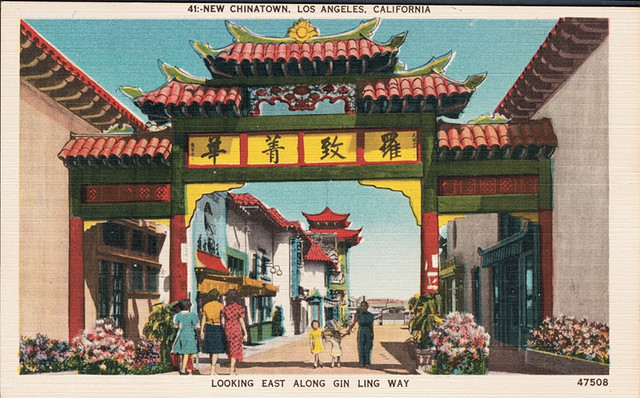1. Revisiting a question from last class: Do you think, to borrow a phrase from Ramírez, that pachucos and pachucas “articulated a distinct and dissident cultural identity in the face of denigration, assimilation, and erasure” (91)? Or were they just, as Dee Chávez maintains, dressing in the fashions of the time (48)? Or is their identity someplace between these two assertions? Explain.
2. Ramírez points out that while the pachuca was excluded from the nation, the Latina GI is included in it (148). What does Ramírez mean by “inclusion” and “exclusion,” and what is the “nation” to which she is referring?
3. Make a mindmap about Latina soldiers during the “war on terror,” drawing on Ramírez’s epilogue and the rest of her book. If you were to make an argument about the Latina soldier and the war on terror, what would it be? (Consider: Why might Latinas enlist? How might legislation passed during the war affect how Latinas are perceived by many other Americans? How does socioeconomic class aid or complicate your argument? What, if anything, is problematic about the “model minority” moniker being applied to Latina and Latino soldiers?)
4. What is the relationship between the Chicano movement’s call for “rebels and warriors” (117) and the enlistment of, and enthusiasm for, Latina soldiers? What expectations, cultural phenomena, etc. have shifted in the intervening decades, and why?
5. In Chapter 4, Ramírez argues that the pachuca challenged the norms of the heteropatriarchal family (110-11). On a metaphoric, symbolic, and/or literal level, what is the relationship of the Latina soldier to “family and home, especially as homeland and home front” (142)? Ramírez writes that “Paradoxically, in the war on terror, GI Juana has been domesticated by being outsourced. She has won a hard-earned place in the homeland by going to Kabul and beyond” (146). What does Ramírez mean when she says this, and are you persuaded by her argument?
